Monthly plant magazine. May
CURIOSITY
Transporting bees
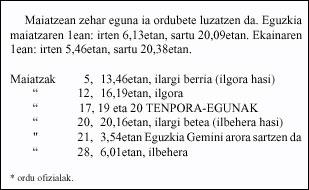
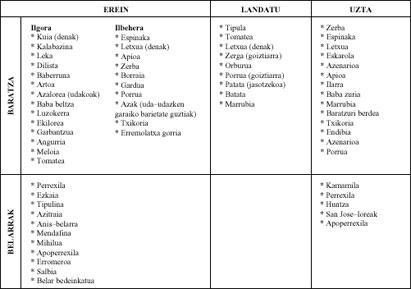
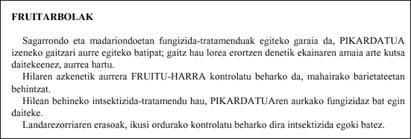
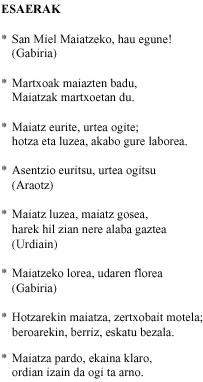
Pollination and bees
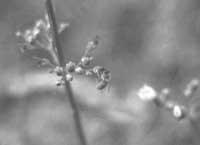
Although in the plant world you can find flowers throughout the year, as month of flowers is known the month of May. Still do we know what is the role of the flower in the plant?
The flower is the reproductive organ of the plant, that is, a seed (fruit) that ensures the continuity and reproduction of the species, will be produced from the flower.
Flowering is the distance between opening the first flower and falling petals. The most important event of flowering is pollination. Pollination is the arrival of pollen grains (M) produced in the anthers to the stigma of the flower (V) and the essential step for fertilization to occur.
The execution of the pollination process in the best possible conditions is now essential in plants that grow yield and/or bear fruit.
Pollination is usually carried out with a pollinating agent. This agent, the wind, an insect, the man himself, etc. can be. The most important and necessary pollinating agent in horticulture and fruticulture is the common bee, which acts in 73-88% of the pollinations that occur in the fields of cultivation. The following explains the importance of placing beehives in orchards, apple trees, etc. Therefore, many fruit growers rent beehives to beekeepers to settle in their mass during flowering.
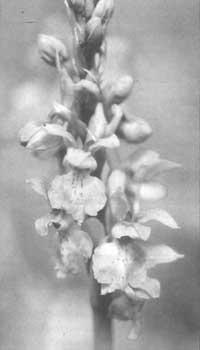
The common bee has numerous advantages as a pollinator: as already mentioned a little earlier, it is the main agent in a high percentage, the hives can easily be transported to the necessary places, the bee passes a single species of flower in each outlet and "visits" a lot of flowers for a day. This is very important since blooms are usually of a few days (in apple 10-12 days, in pear 8, in cherry 8-12, etc. ). ).
The bees carry out this work of pollinator collecting flowers to pollen and nectar that are their main food; in the walks from flower to flower, pollen grains can remain in the stigma of the flowers that will visit if they are transported on the hind legs, and being flowers of the same species occurs a cross-pollination that leads to the fertilization of a grain of pollen produced in another flower. This fertilization ensures the growth of the fruit in this flower.
Given that there are very short periods to carry out the pollination (short achievements), the prevailing conditions in these times are very important. They are suitable for pollination: good weather (temperate temperature and sunny environment) and plant condition (well fed, etc. ). ); flowering, pollen production, etc. will be better. Pollination is reduced by wind (which dries stigma and hinders bee flight), rain (pollen transport, anther explosions, flight obstruction, etc. does) and high and low temperatures (20º-25º optimal). In reducing pollination, special emphasis must be placed on plant treatments. Never treat in times of splendor, although the product label mentions that they are sustainable for bees.
Below are the productive improvements obtained in various bee pollinated plantations.
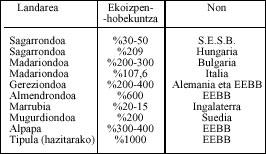
The amounts of hive used for pollination in fruit trees are:
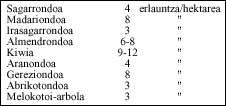
Buletina
Bidali zure helbide elektronikoa eta jaso asteroko buletina zure sarrera-ontzian











